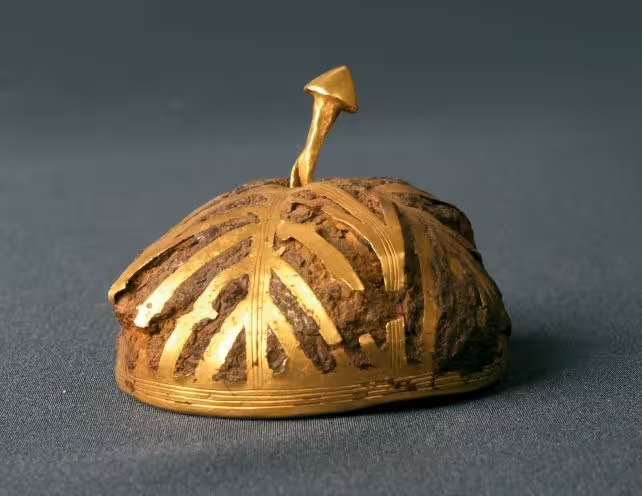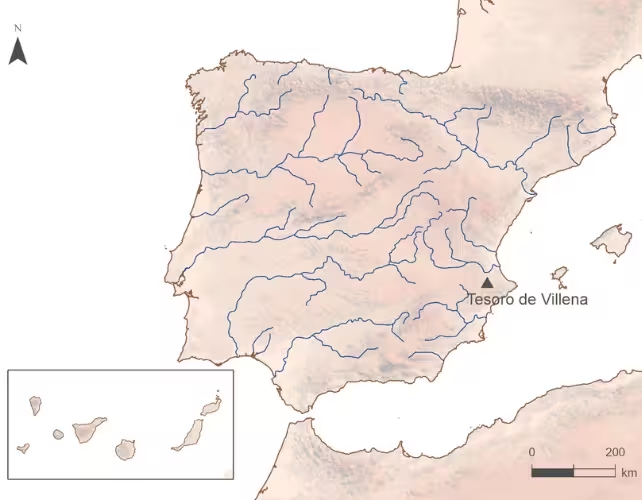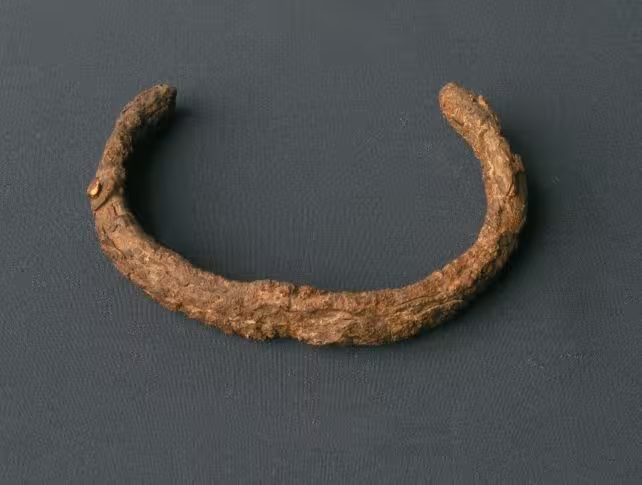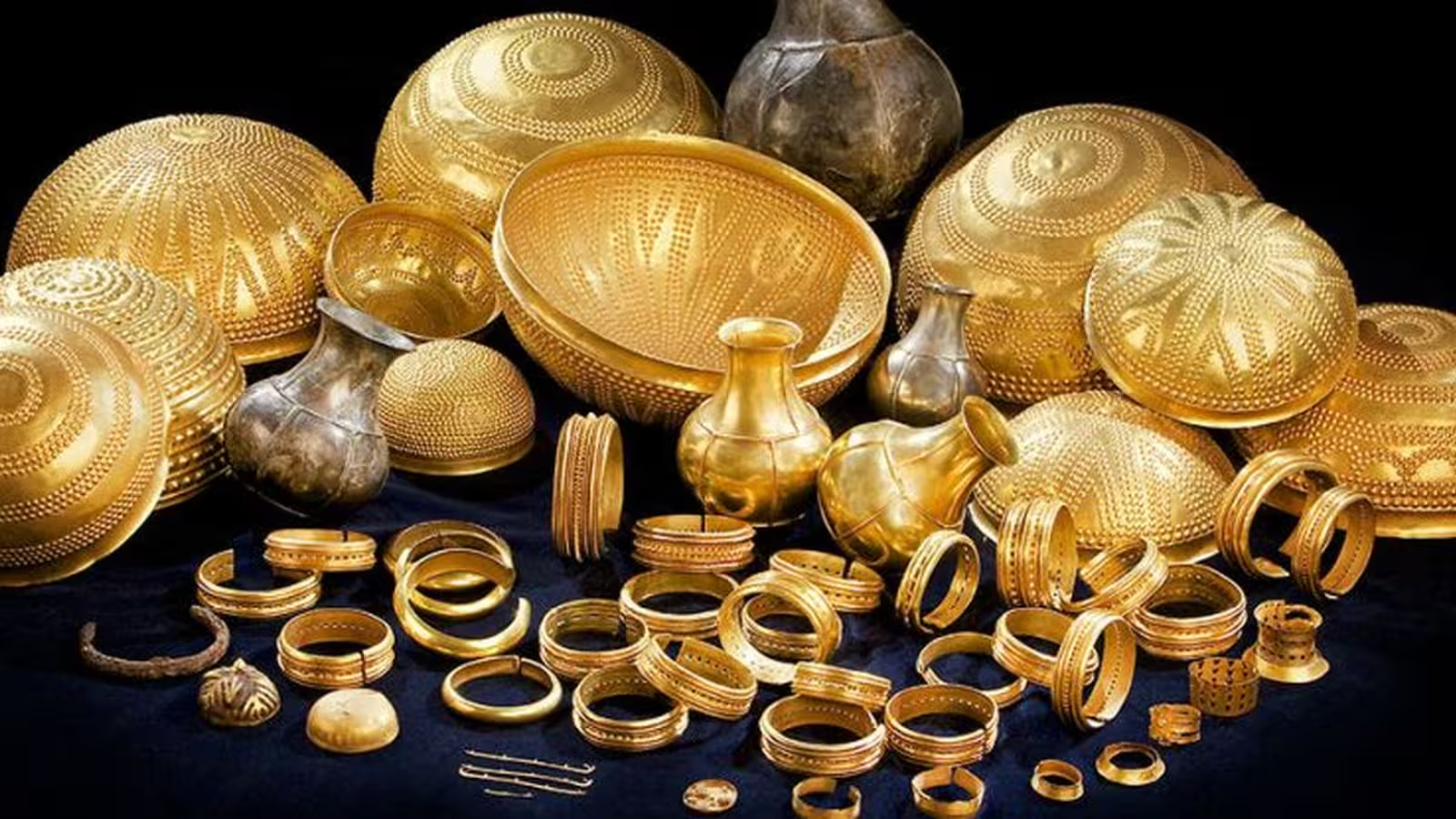4 Minutes
Discovery of Extraterrestrial Metal in Spain’s Bronze Age Treasure
Archaeologists have uncovered compelling evidence that two ancient artifacts from Spain’s revered Treasure of Villena were crafted from meteoritic iron, not from Earth’s crust. This breakthrough not only highlights the technological capabilities of Bronze Age societies in the Iberian Peninsula but also points to a remarkable interaction with extraterrestrial materials more than 3,000 years ago.
The Treasure of Villena, discovered in 1963 near Alicante, Spain, is one of Europe’s most significant Bronze Age hoards, comprising 66 stunning objects—predominantly gold. However, researchers recently shifted their focus to a seemingly unremarkable bracelet and a corroded hollow hemisphere, both exhibiting a distinct iron-like appearance. These two objects have raised profound questions about the sophistication of ancient metalworking and knowledge of celestial phenomena.

Scientific Context: Early Use of Meteorite Iron
The transition from the Bronze to the Iron Age in the Iberian Peninsula is well-documented, with widespread smelting of terrestrial iron not appearing until around 850 BCE. Yet, the gold treasures at Villena have been reliably dated to 1500–1200 BCE, a full several centuries prior to the Iron Age. This anomaly prompted experts to question the source and methods behind these rare ferrous artifacts.
Pre-Iron Age cultures around the world—most famously ancient Egypt with the meteoritic iron dagger of Pharaoh Tutankhamun—occasionally forged objects from meteorites, which were highly valued both for their celestial origins and unique material properties. Such items often became iconic weapons or symbols of prestige.
Analyzing the Treasure of Villena’s Anomalous Artifacts
A team led by Salvador Rovira-Llorens, former head of conservation at Spain’s National Archaeological Museum, conducted a detailed investigation into the origins of the bracelet and hollow hemisphere. Securing permission from the Municipal Archaeological Museum of Villena, which safeguards the collection, researchers performed non-destructive material analysis—including mass spectrometry—to determine the elemental composition of these artifacts.
Meteorite iron can be identified by its unusually high nickel content when compared to the much lower nickel concentrations found in geological iron on Earth. Samples taken from both objects showed elevated nickel levels, strongly pointing to a meteoritic origin despite significant surface corrosion.
"The available data suggest that the cap and bracelet from the Treasure of Villena would currently be the first two pieces attributable to meteoritic iron in the Iberian Peninsula," the researchers state in their recent publication. This finding matches a Late Bronze Age context, reinforcing the timeline for when these extraordinary items were produced.

Implications for Ancient Technology and Cultural Exchange
These discoveries underscore the advanced nature of ancient metalworking in Iberia. Rather than waiting for terrestrial iron-smelting technology, metalworkers of the Late Bronze Age managed to identify, extract, and work iron sourced from meteorites. This reflects a keen observational ability and experimental ingenuity, suggesting they recognized and prized the unique qualities of objects fallen from the sky.
Furthermore, the presence of such celestial materials in prestigious hoards like the Treasure of Villena highlights the symbolic or ritual value ascribed to meteorites—a theme echoed in other ancient cultures. These artifacts also invite comparisons with Mediterranean and Near Eastern societies, where meteoritic iron was similarly revered.
Future Research and Analytical Prospects
While the results are compelling, researchers note that the heavy corrosion of both artifacts limits the conclusiveness of current analyses. However, advancements in non-invasive spectrometry and microanalysis could allow for richer, more detailed studies in the future. These techniques may reveal further details about manufacturing methods, provenance of the meteoritic material, and the broader cultural networks active during the Late Bronze Age.
The findings challenge traditional timelines regarding technological innovation, revealing that ancient Europeans engaged with cosmic phenomena in ways only now coming to light. The study also emphasizes the value of reevaluating existing museum collections with new scientific tools.

Conclusion
The revelation that two objects from the Treasure of Villena were crafted from meteorite iron fundamentally reshapes our understanding of ancient Iberian metallurgy and interaction with celestial materials. It demonstrates that Late Bronze Age civilizations in Europe possessed both the technical acumen and the cultural curiosity to harness and celebrate metals originating from beyond our planet. As analytical techniques continue to evolve, even more remarkable insights about early human innovation and cosmic connections may emerge from the world’s ancient treasures.
Source: sciencealert



Comments